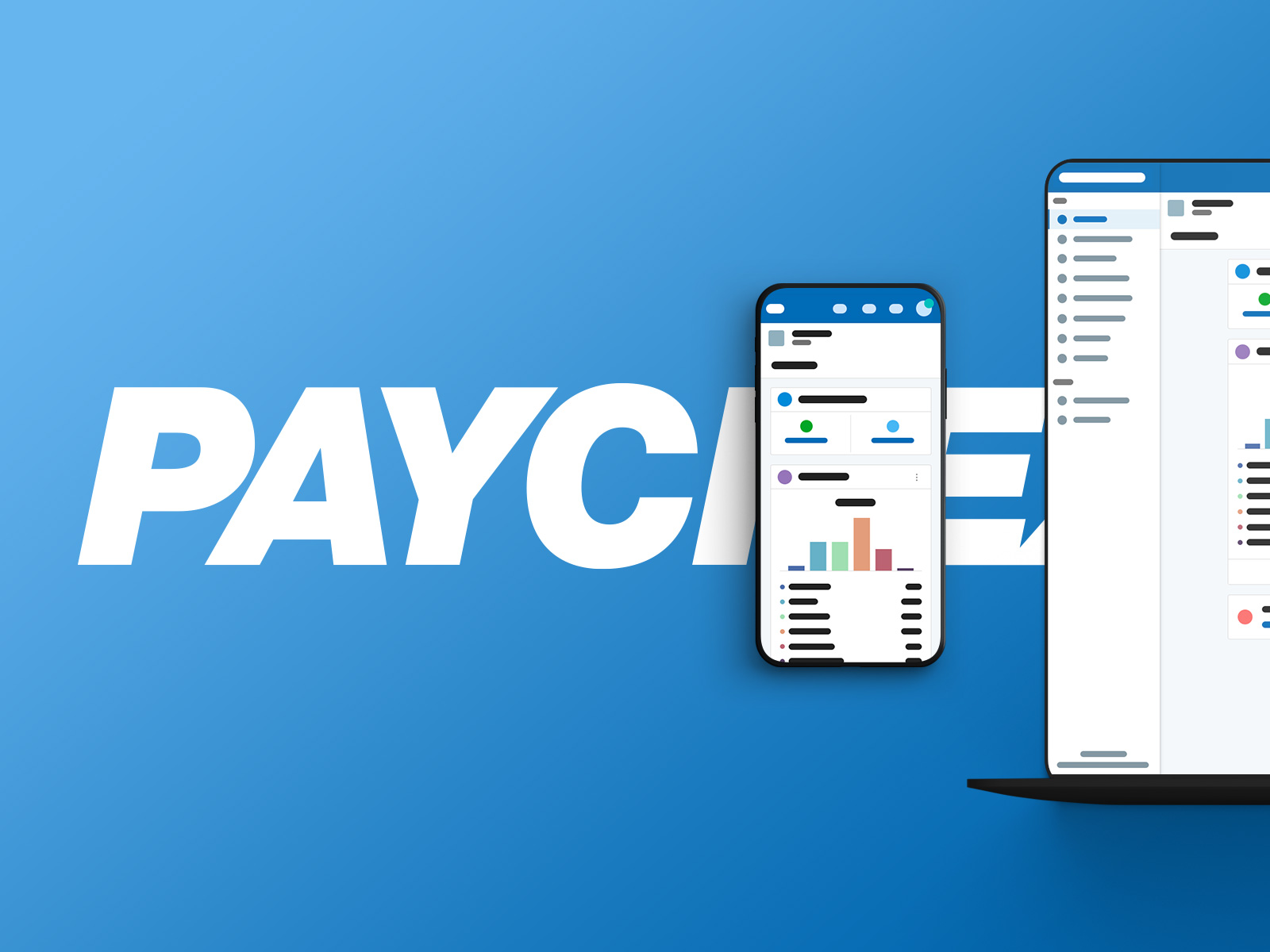Process.
Projects would stem from a few different avenues. These could arise from user feedback and requests, building feature parity with classic software, building and innovating on industry features, solving around inherited complexities for a better user experience, and more.
Understanding the problem
Projects would stem from a few different avenues. These could arise from user feedback and requests, building feature parity with classic software, building and innovating on industry features, solving around inherited complexities for a better user experience, and more.
Design sprints
When kicking off a new project we would in some cases start with a design sprint loosely built around Google’s design sprint model. In these sessions we would involve stakeholders, designers, and architecture to identify problems and rapidly iterate. As the designer on the projects I would be wire framing on paper and whiteboards in the sprint, which would lead to an interactive, clickable prototype that would be placed in front of users for usability testing. From there we would iterate on what worked and continue the vision forward.
Create lots of variations
At this stage I would take the data from UX research and the results from design sprints to design out many possible variations of a possible solution.
In this stage, there is a lot of collaboration as I refine the design through regular design reviews to get fresh outside perspectives from other designers, input from product managers and stakeholders to make sure we are on track and addressing all the needs, and development to make sure what is being designed is buildable in scope and if there are any possible efficiencies.
Prototype designs for feedback
As designs start to take shape and solidify, the goal is to test assumptions and judgment calls made along the way tp make sure we are delivering a worth-while vision.
I used prototypes to gain feedback from users, fellow designers, developers, managers, and other stakeholders. These were high fidelity prototypes built to mimic the real life Paychex Flex environment as much as possible.
The benefit of using high fidelity prototypes allowed:
- Designs to put in front of users to see how it would potentially fit in and impact their daily workflow.
- Answer questions up front on the structure and flow of the application.
- Get developer and architecture input up front to address any questions about various states and functionality behaviors.
- Prototypes were then used in developer hand offs to use as documentation for styles, specs, and the like for when they are built.
I would often build the prototypes in Sketch and InVision to handoff for in-browser viewing and testing.
Building out the specs and iteration
Using various tools such as Zeplin and Jira, designs are handed off to developers. As the project would be built out and tested I would sit in on developer meetings to address any questions, iterate on edge-cases and errors, performing UX reviews to ensure the project is built to spec, and to iterate design when a pivot is needed.
